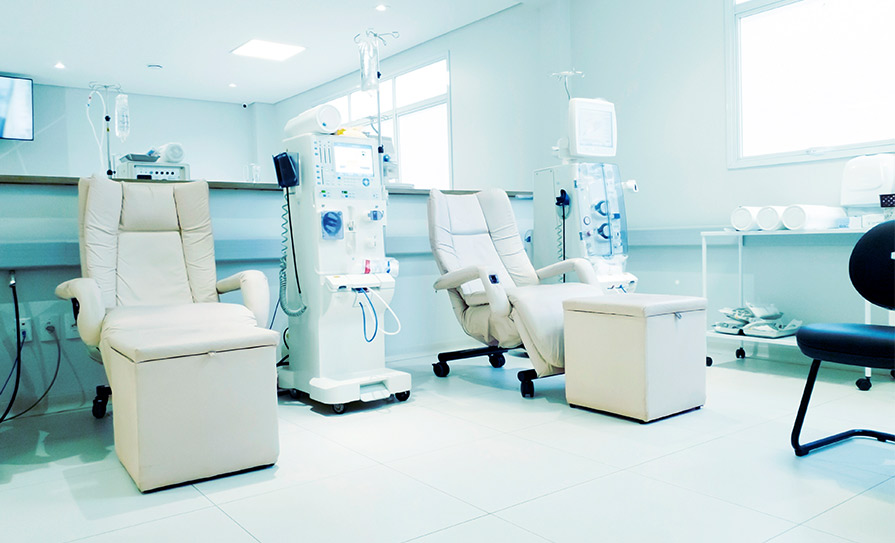
An update on the HSE’s modernised care pathway for home dialysis therapy was presented at the Irish Nephrology Society Winter Meeting 2024.
Prof George Mellotte, HSE National Clinical Lead for Renal Services, delivered the talk. The meeting heard that the National Renal Programme has prioritised the early detection of chronic disease and the appropriate and timely referral to a nephrologist. The HSE has also set a minimum target of 20 per cent for the number of home dialysis patients in Ireland compared to the current level of 12 per cent.
In his talk, Prof Mellotte highlighted the figures for patients with kidney failure on dialysis and also those receiving kidney transplants in Ireland. He said that there were 5,190 people with end-stage kidney disease in 2023, an increase of 113 on the 5,077 people affected in 2022.
“This growth has been consistent for the last 15-to-20 years; every year it has been growing by about 3 per cent,” according to Prof Mellotte.
“Before Covid, it was about 55 per cent transplant and 45 per cent in-centre. Home dialysis figures were pretty static with 195 on peritoneal dialysis and 50 on home haemodialysis.
“We saw a huge surge during Covid. It was all primarily dialysis and transplantation was effectively parked and was slow to get back up. This year, as we know, we saw the figures released with nearly 200 transplants and a surge in people getting transplants. That helped reduce the growth in dialysis numbers.”
He said that there were more than 340,000 in-centre haemodialysis patients in treatment in 24 centres in 2023, with 60 additional dialysis stations installed over the past four years. He added that there were geographic gaps in the location of the dialysis units, such as in Roscommon and parts of Kerry.
The demand for dialysis is expected to increase, with the over-65 population predicted to almost double in the next 25 years, the meeting was told.
“We can expect a huge increase in the number of people requiring dialysis and requiring a transplant,” Dr Mellotte said.
However, the demand for dialysis was uneven and local access can be limited, with some patients travelling into central Dublin to receive their in-centre haemodialysis.
In 2022, there were 222 new posts approved for the end-stage kidney disease programme to support the 30 per cent rise in dialysis activity experienced over the past 10 years. However, the pace of recruitment has been slow, the meeting heard.
And despite a policy of expanding community-based healthcare, 88 per cent of patients were centre-based, and just 12 per cent home-based.
Prof Mellotte said that patients need to be supported for home dialysis. Barriers included electricity and cleaning costs, as well as training costs for staff incurred by the HSE. There are also logistical issues in installing the equipment in the house, he stated.
“In other countries, you get a grant if you are taking on home dialysis,” Prof Mellotte said, adding that the cost of running home dialysis is anywhere between €600 and €1,200. In contrast the cost of expanding dialysis capacity at in-hospital parent renal units was estimated at €100,000 per patient. And the capital costs to build a dialysis station in a HSE hospital renal unit is in the order of €500,000 to €1 million per station bed, the meeting was told.
“We need to support the patient. We are asking them to bring a medical procedure out of the hospital and into their own home. They are bringing an illness into their own home,” the Professor said.
“And they feel isolated.”
He added that the number of home dialysis patients in Ireland was low at 12 per cent.
“There are countries with 25-to-30 per cent. We have set as a minimum standard 20 per cent. I think it is achievable,” concluded Prof Mellotte.





Leave a Reply
You must be logged in to post a comment.